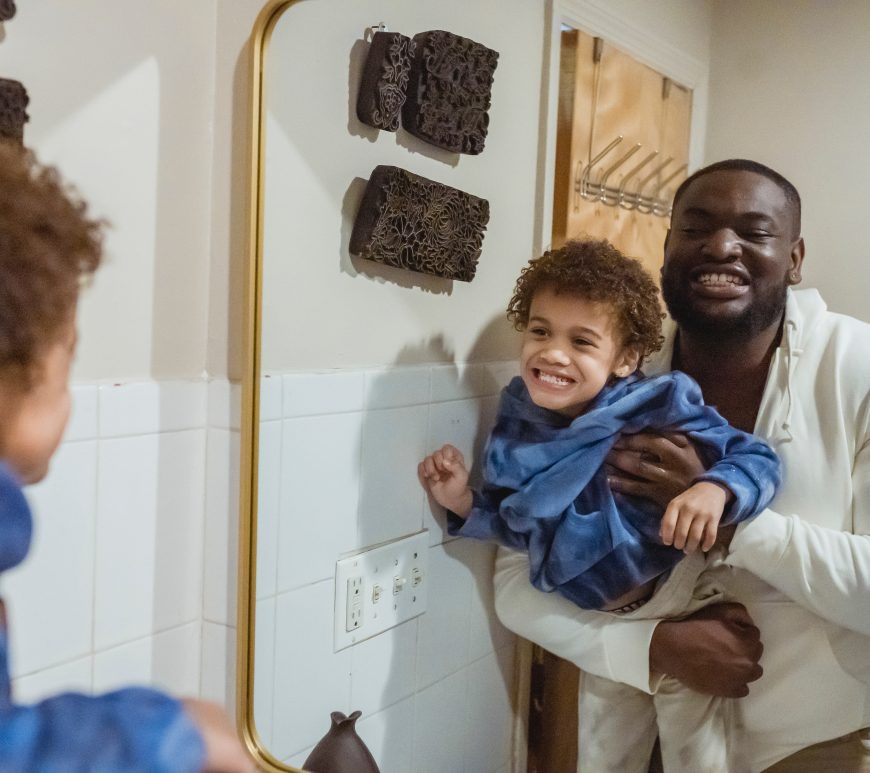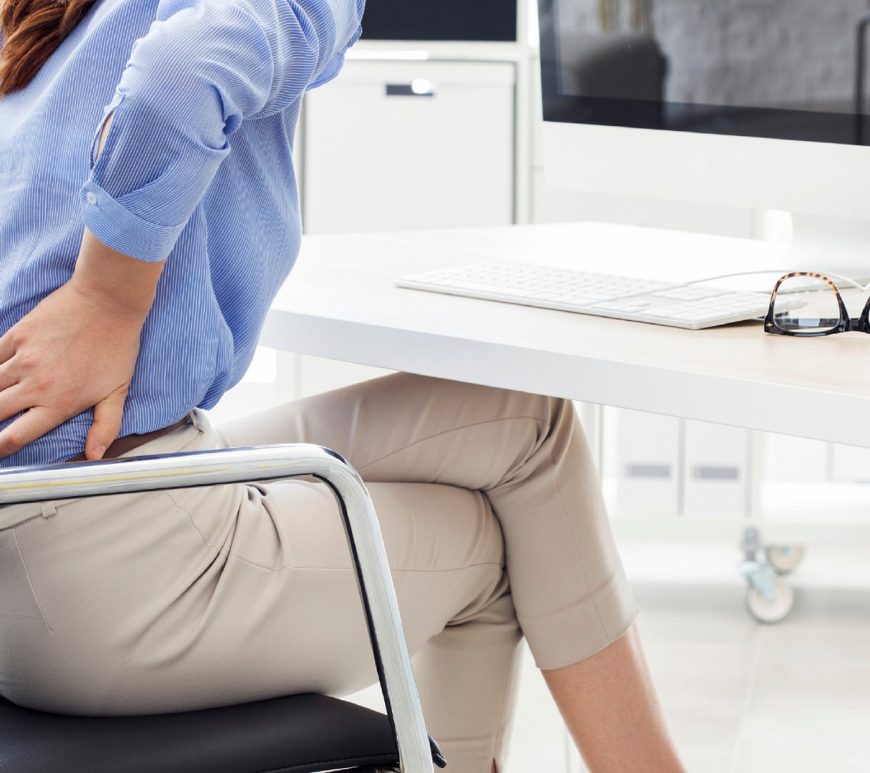Prone Knee Bend Test 1
Prone Knee Bend Test 1 – Femoral Nerve, L1-4 Nerve Root Bias Purpose of Prone Knee Bend Test 1: To determine if the tension along the femoral nerve and L1-4 nerve roots contribute to the neurologic symptoms associated with radiculopathy (1, 2). Patient position: Prone lying. Examiner position: Standing beside the patient, at the side of the limb to be tested. Procedure: Perform the limb/joint … Continue reading Prone Knee Bend Test 1

